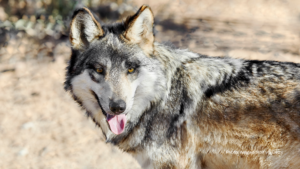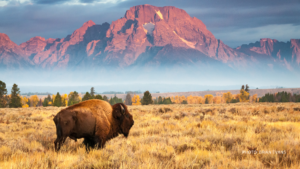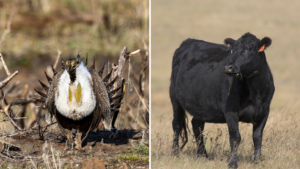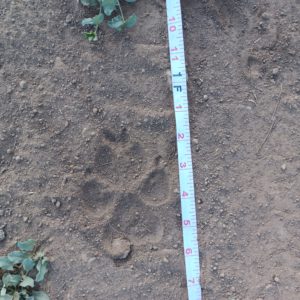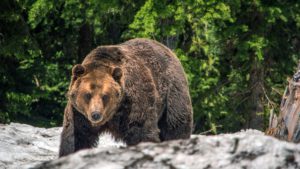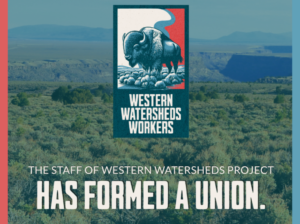For Immediate Release: February 1, 2023
Media Contacts:
Josh Osher, Western Watersheds Project (406) 830-3099; josh@westernwatersheds.org
Chandra Rosenthal, PEER (303) 898-0798, crosenthal@peer.org
WASHINGTON, D.C. – The federal lands grazing fee was announced yesterday and, for the fifth year in a row, has stayed at bargain-basement prices: $1.35 per cow/calf pair per month for all Bureau of Land Management and western U.S. Forest Service lands. For comparison, a 2019 congressional investigation found that leasing comparable livestock grazing on private ranchlands in the West came at a cost of $23.40 in 2017. This low fee doesn’t even come close to covering the administrative costs needed to run the grazing programs, leaving huge staffing shortfalls and little oversight of the public lands. It also amounts to a massive federal handout for the livestock industry and billionaire ranchers while completely ignoring the significant contributions of livestock grazing to both the climate and biodiversity crises.
“The failure of the Biden Administration to raise the federal grazing fee, which is established by a Reagan era Executive Order, is not only fiscally irresponsible and unfair to taxpayers, it’s also a lost opportunity for improving carbon sequestration and building climate resilience in the arid West,” said Josh Osher, Public Policy Director for Western Watersheds Project. “After a year where Americans experienced particularly heavy inflation, the inflation-adjusted cost of running livestock on public lands actually just got cheaper.”
A 2022 scientific study estimated that the social costs of the livestock grazing program exceeded 26 times what the grazing fees generate, averaging over $500 million dollars a year between 2010 and 2016. The study also found:
-
Public lands livestock grazing is a significant source of greenhouse gas emissions;
-
Cattle grazing exacerbates the effects of climate change by reducing vegetation cover, spreading flammable weeds, and accelerating desertification through soil loss;
-
Reduced snowpacks and prolonged droughts negatively affect water quantity, and livestock are a major source of water pollution.
While ranchers are now charged only $1.35 to graze a cow and a calf (or 5 sheep) for a month (called an “Animal Unit Month”) on federal public land, this new study shows that the climate impacts of grazing cattle on federal land cost Americans $36 per Animal Unit Month.
“Increased grazing fees could fund agencies that are in distress. The failure to raise the rate is a failure in stewardship” says Chandra Rosenthal, Rocky Mountain Director PEER. “BLM has classified millions of acres of public lands as failing to meet land health standards. neThe agencies do not have the capacity for responsible land management and this administration is letting another opportunity to address this issue walk by.”
“In light of all of these expensive impacts and the long-term degradation of western public land caused by this single land use, you might think the Biden Administration would seek to recoup more of its losses by raising the grazing fee,” said Osher. “Rather, public lands grazing fees are the only expense immune to inflation, despite the increasing costs to the taxpayer of subsidizing this destructive activity.”
Check out BLM’s data on rangeland conditions and the BLM’s failure to oversee the grazing program
See PEER 2022 report on BLM staffing shortfalls
Read the investigation into the billionaires who lease public lands on subsidies
###

